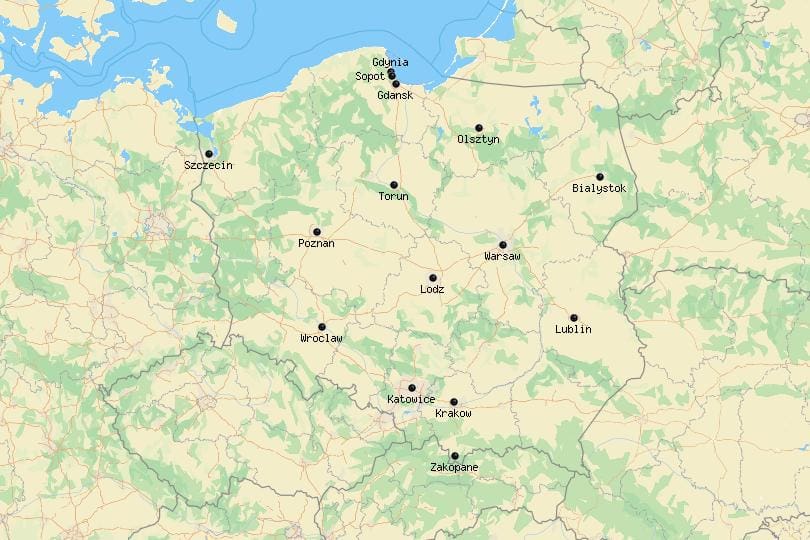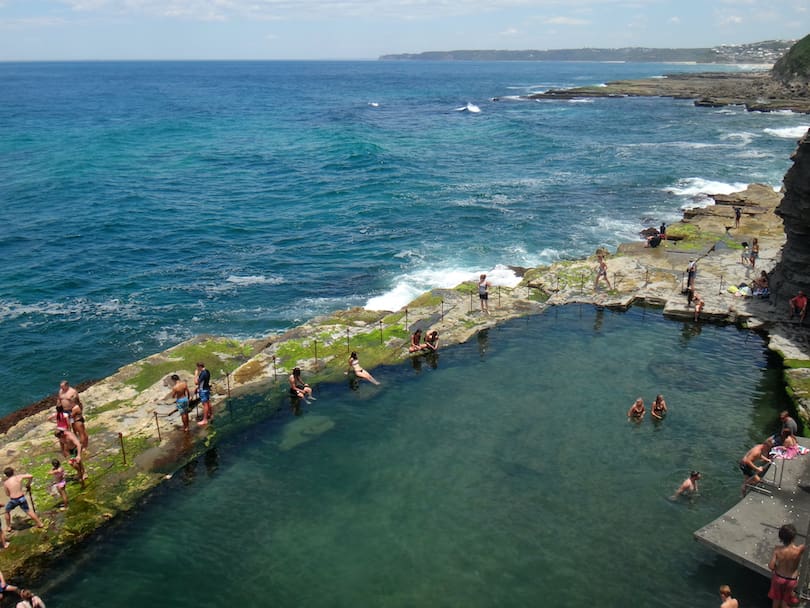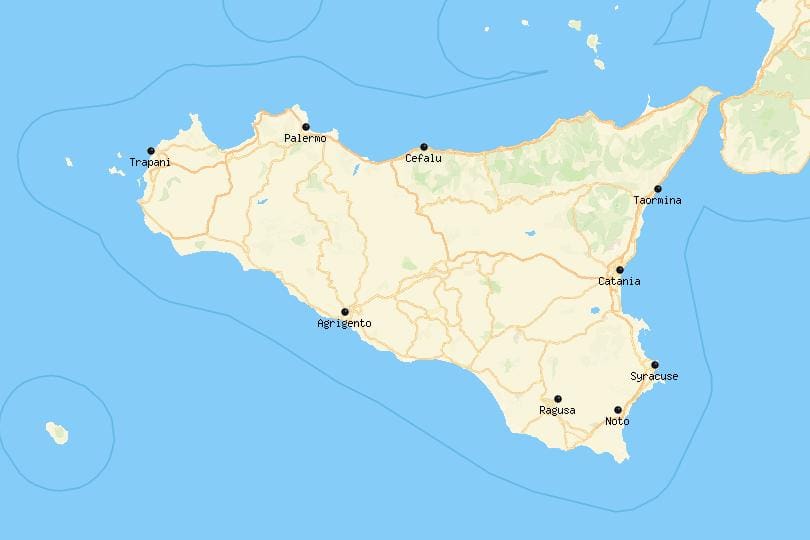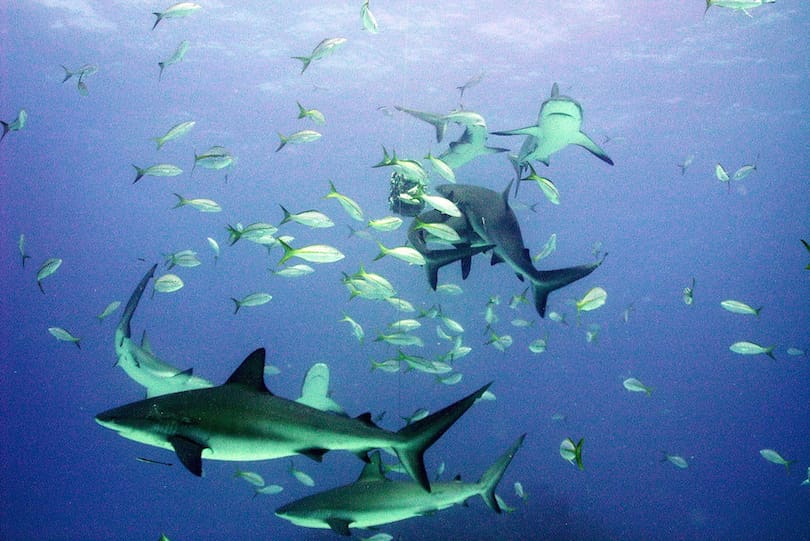Croatia is a Mediterranean paradise with stunning coastlines, crystal clear waters, and a rich cultural heritage. In recent years, it has become an increasingly popular travel destination, attracting visitors from all over the world. One of the most beautiful regions in Croatia is the south, which is home to some of the country’s most amazing destinations. From stunning beaches to charming historic towns, here are the 10 most amazing destinations in south Croatia.
1. Introduction
South Croatia is a true gem of the Mediterranean, featuring stunning natural landscapes, rich cultural heritage, and a laid-back lifestyle that is perfect for those seeking to escape the hustle and bustle of city life. With so many amazing destinations to explore, it can be difficult to know where to start. In this article, we will take you on a journey to the 10 most amazing destinations in south Croatia, each with its own unique charm and beauty.
2. Dubrovnik – The Pearl of the Adriatic
Dubrovnik is a city steeped in history and culture, known for its impressive city walls, stunning architecture, and picturesque streets. This ancient city, also known as the “Pearl of the Adriatic,” has been designated a UNESCO World Heritage Site and has become one of the most popular destinations in Croatia. Visitors can take a walk around the city walls, which offer stunning views of the Adriatic Sea, or explore the narrow streets of the old town, where they can find local crafts, artwork, and traditional cuisine.
3. Hvar – The Lavender Island
Hvar is an island situated in the central part of the Dalmatian archipelago, known for its stunning beaches, crystal-clear waters, and lush greenery. It is also famous for its lavender fields, which bloom from mid-June to mid-July, filling the air with a sweet fragrance. Visitors to Hvar can enjoy the island’s pristine beaches, go hiking in the surrounding hills, or explore the historic town of Hvar, which boasts a rich cultural heritage and a vibrant nightlife.
4. Korčula – The Birthplace of Marco Polo
Korčula is an island located in the southern part of the Dalmatian archipelago, known for its rich history and stunning natural beauty. It is also the birthplace of Marco Polo, the famous explorer and trader who introduced the world to the wonders of the Far East. Visitors to Korčula can explore the island’s charming old town, which is surrounded by medieval walls and towers, or take a swim in the crystal-clear waters of the Adriatic.
5. Split – The Heart of Dalmatia
Split is the second-largest city in Croatia and the largest city in the Dalmatian region, known for its rich history, stunning architecture, and vibrant nightlife. Visitors to Split can explore the city’s impressive Roman ruins, including the Diocletian’s Palace, which has been designated a UNESCO World Heritage Site. They can also enjoy the city’s bustling markets, trendy cafes, and lively nightlife.
6. Šibenik – The Gateway to the Krka National Park
Šibenik is a charming coastal town located at the mouth of the Krka River, known for its rich history and stunning natural landscapes. It is also the gateway to the Krka National Park, a natural wonderland that features crystal-clear waterfalls, lush greenery, and a diverse array of flora and fauna. Visitors to Šibenik can explore the town’s medieval architecture, including the impressive St. James’ Cathedral, or take a boat tour of the Krka River and explore the park’s many trails and waterfalls.
7. Brač – The Island of Stone
Brač is an island located in central Dalmatia, known for its stunning beaches, crystal-clear waters, and unique white stone that has been used to build many famous landmarks around the world. The island’s most famous beach, Zlatni Rat, is one of the most photographed beaches in Europe, with its distinctive shape changing with the tide and wind. Visitors to Brač can also explore the island’s charming fishing villages, taste the local cuisine, or take part in water sports like windsurfing, kayaking, and snorkeling.
8. Mljet – The Island of Nature
Mljet is a picturesque island located in the southern part of the Dalmatian archipelago, known for its lush forests, tranquil lakes, and stunning beaches. The island is home to the Mljet National Park, which features two saltwater lakes connected to the sea by narrow channels, surrounded by thick forests and dotted with small islands. Visitors to Mljet can explore the park’s many hiking and cycling trails, take a swim in the crystal-clear lakes, or relax on the island’s secluded beaches.
9. Pelješac – The Peninsula of Wine
Pelješac is a peninsula located in southern Croatia, known for its rich wine-making traditions, stunning coastal scenery, and charming fishing villages. The peninsula is home to some of Croatia’s best wineries, producing high-quality wines like Dingač and Postup, which are famous throughout the region. Visitors to Pelješac can explore the picturesque towns of Ston and Orebic, taste the local cuisine and wines, or take part in water sports like sailing, windsurfing, and kayaking.
10. Cavtat – The Mediterranean Oasis
Cavtat is a small coastal town located just south of Dubrovnik, known for its tranquil beaches, crystal-clear waters, and stunning Mediterranean scenery. The town’s charming old town is home to many historic landmarks, including the Church of St. Nicholas, the Racic Mausoleum, and the Bukovac House, a museum dedicated to the famous Croatian painter Vlaho Bukovac. Visitors to Cavtat can also take a boat trip to nearby islands, taste the local cuisine, or relax on the town’s secluded beaches.
Conclusion
South Croatia is a true paradise for travelers, offering stunning natural landscapes, rich cultural heritage, and a laid-back lifestyle that is perfect for those seeking to escape the hustle and bustle of city life. From the charming coastal towns to the stunning national parks, the region is home to some of Croatia’s most amazing destinations, each with its own unique charm and beauty.
FAQs
- What is the best time to visit south Croatia? A: The best time to visit south Croatia is between May and September when the weather is warm and sunny, and the water is perfect for swimming.
- Do I need a visa to travel to Croatia? A: It depends on your nationality. Citizens of some countries can enter Croatia without a visa, while others may need to
apply for a visa before their trip. You should check the visa requirements for your country before traveling.
- Are there any budget-friendly destinations in south Croatia? A: Yes, there are many budget-friendly destinations in south Croatia, including Makarska, Split, and Korčula. You can find affordable accommodations, restaurants, and activities in these destinations.
- What are the best activities to do in south Croatia? A: The best activities to do in south Croatia include swimming and sunbathing on the stunning beaches, exploring the national parks, visiting historic landmarks and museums, and enjoying the local cuisine and wine.
- Can I rent a car in south Croatia? A: Yes, you can rent a car in south Croatia from many international and local car rental companies. It is a great way to explore the region at your own pace and see all the amazing destinations. Just be aware that driving in some of the smaller towns and cities can be challenging due to narrow streets and limited parking.












